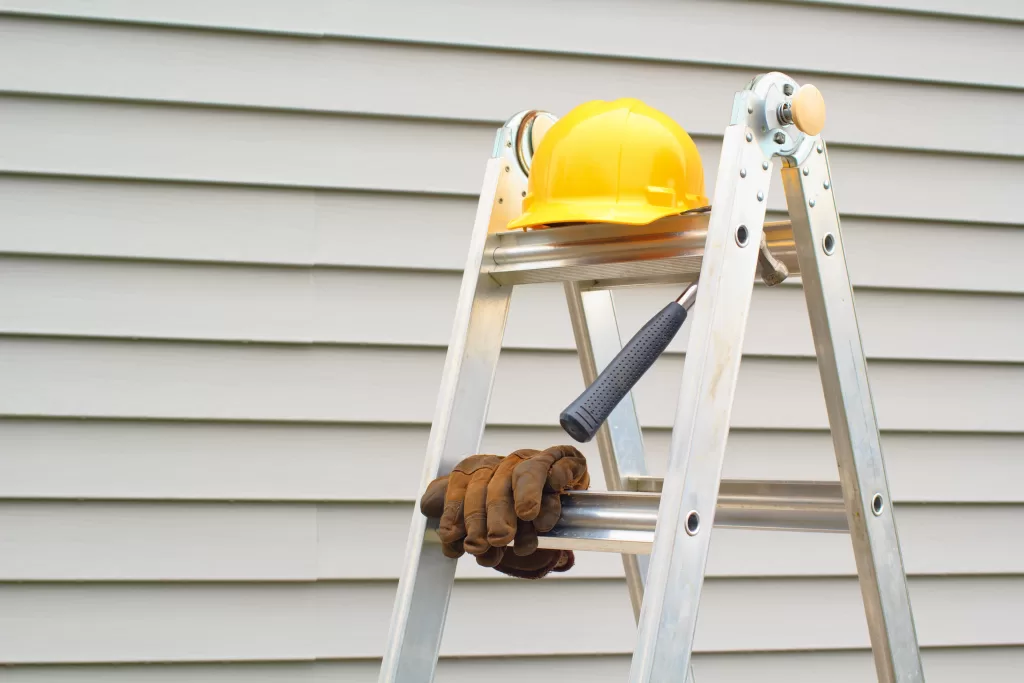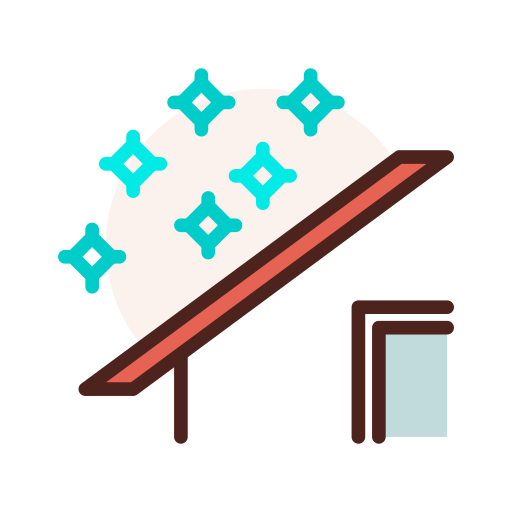Did you know that tree replantation has increased by over 100% since 2007? With the additional trees, there’s more wood to use for building frames and siding. However what type of wood should you choose for your building project?
We’ve investigated it all, from how to choose your wood siding to the different types of woods.
Got it? Get it? Good! Here’s an in-depth look at wood siding types.
How to Choose Wood Siding
Before selecting a wood siding, consult a building contractor. Contractors have intensive knowledge about building materials, which means they can help you select which wood siding type is right for you.
Plus, contractors can advise you on the availability of certain sidings. For example, if you want a wood that isn’t locally sourced or often expensive, contractors can find a workaround due to their vendor connections. That way, you don’t run into expensive construction delays or have to face a harsh deadline.
After all, contractors have many vendors who are ready to supply your order and deliver it in a timely period. Just make sure you purchase wood that is of high quality. To ensure your siding is of the highest grade, look for wood that is:
- Insect Resistant
- Rot Resistant
- Straight and Flat
Most contractors will keep a shipment of wood before installing it in order for it to adjust to the climate. That way, the wood is less likely to warp, cup, or split. When the wood is installed, it’s then properly sealed to ensure the wood is protected from insects, weather, and other damage.
Types of Wood Siding

Now, let’s take a look at the types of wood used in wood siding. Each wood has a different maintenance regimen and uses a different application. Understanding these facts will help you select the best wood for your home.
Redwood
Redwood is one of the most beloved wood sidings due to its durability and maintenance regimen. Since wood has little resin, it accepts stains and other finishes quite easily. Plus, the wood does not shrink, which decreases its chances of warping and cupping over time.
Due to these factors, it requires less maintenance than other types of siding. All you have to do is power wash the wood once a year and seal it every three or four years, and you’re good to go.
As if that wasn’t enough, the Redwood siding also has natural insect repellents. That way, insects like ants won’t destroy the wood or burrow in between the siding. In addition, it’s less likely to rot, making it a high-quality wood that will stand the test of time.
Since redwood is grown on the west coast of North America, it can be difficult and oftentimes expensive to obtain in other parts of the continent. However, it’s certainly worth it for this high-quality wood.
Cedar
Cedar siding is known for its sturdiness and workability. Since it’s a softwood, it’s easy to cut and work with. Its straight grain makes the wood stiff and durable when turned into a siding. Then once it’s stained, the grain creates a beautiful finish that’s gorgeous for years to come.
Like redwood, cedar siding is less likely to cup, warp, or split. It’s also resistant to insects and rot. As for maintenance, cedar siding requires a yearly power wash and a stain renewal every three to four years.
For the best quality, you’ll want to purchase cedar siding that has more heartwood. Heartwood makes the wood stronger and repellant to insects. Although the more heartwood wood has, the more expensive it is.
Fir
This western softwood is a common siding as it’s available in longer boards all over the western countryside. The wood is easy to cut; however, since it contains sap, it can clog up saw blades. Therefore, fir is better used for types of siding that need more milling.
Fir siding has a smooth grain that takes finishes well. It’s common to paint over fir as its grain often looks dull or faded. Although, some people prefer its natural wood tones after it’s stained.
Now, fir siding is not resistant to insects or rot, which means it requires more maintenance than other wood types. In fact, to provide protection from moisture and outside damage, it must be sealed with either paint or a stain.
As for its durability, well, that is contingent upon the quality of lumber you purchase. If you buy higher-quality lumber, it’s less likely to warp, shrink, or cup rather than cheaper lumber.
Pine
Pine is single-handedly the most common wood in America, which means that it’s easy to find and generally cost-efficient. With that said, pine is difficult to cut due to its sap.
When it’s cut, it can be difficult to find knot-free boards since pine wood has no distinct grain. Plus, pine naturally grows faster, which means that it’s likely to split or warp.
To ensure your lumber is less likely to split, purchase quality lumber. It will be more durable during all weather conditions and climates.
Just keep in mind that pine is not resistant to rot or insects. So it needs either a coat of paint or a thick layer of a stain to seal the wood and make it structurally sound. However, the softness of the wood makes it a great candidate for producing different styles of sidings.
Engineered Wood
Engineered wood is designed to look like natural wood siding; however, it has been “engineered” to be strong, durable, and easily maintained. The wood itself consists of woodchips, sawdust, castoff wood, and other bonding agents.
The result is a lightweight but strong product available in various lengths. Due to its advanced engineering, the wood will not warp, split, cup, or crack after installation.
It can endure hail and thrashing winds, keeping your home safe and sound during all weather conditions. Plus, it’s treated to prevent termites, rot, and moisture damage.
It’s even cheaper to purchase than your average cedar or pine siding, not to mention it’s easier to install. It can be purchased already primed or pre-finished; that way, all you have to do is paint it, which reduces the installation process.
Pros and Cons of Wood Siding

Are you on the fence about purchasing wood siding? Don’t worry; we can help you. We’ve detailed both the benefits of wood siding and its drawbacks.
Pros
Wood siding is a natural beauty. It easily corresponds to the natural landscape and can make your home feel cozy and safe.
Unlike other sidings, it won’t chip under impact. In fact, wood will ease out dents and debris as it responds to moisture and temperature.
It can be installed either by a professional or can be DIY as long as the person is skillful. It’s great at being manipulated to fit difficult areas.
Plus, wood is eco-friendly! Since developers reuse beams and planks from older buildings, they are upcycling the wood. They even repurpose wood from landfills and other sites to use for siding styles.
Cons
Wood siding, however, does come with a few cons. It can be a pain to maintain, which adds to the total cost of the wood over time. Sadly it can be more expensive not only to maintain but to purchase than vinyl, metal, and stucco.
Plus, while some wood has natural insect repellents, others don’t. Yes, there are sealants you can use; however, if you do not keep up with the treatment, the wood is vulnerable.
For example, when the sealants wear off, the wood is much more susceptible to insect infestation and water damage. In order for that not to happen, you have to keep a good eye on the sealants and keep them maintained every three to four years.
Select One of These Wood Siding Types Today

Compare Quotes from Top-rated Siding Contractors in your area.
Selecting a wood siding can be difficult, but with I shared above, you have a cheat sheet. Start by asking your contractor for recommendations, then research the available wood siding types. Once you’ve narrowed down your selections, choose quality over quantity.
Don’t have a contractor in mind? We’ve got your covered. Within a few clicks, Alpha Living will match you with Top-Rated Siding contractors in your area. We make sure our selected contractors check all your boxes. Tap here to get started!




Facebook
Comments